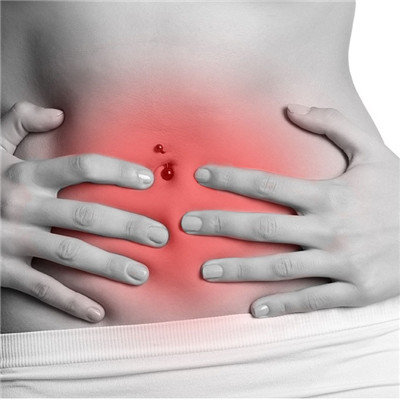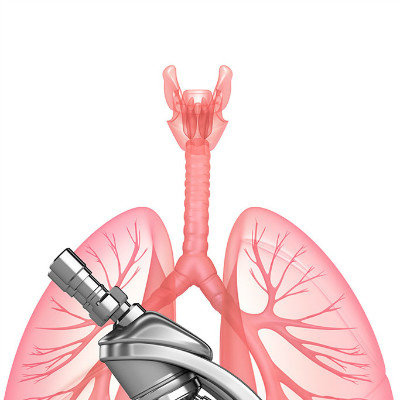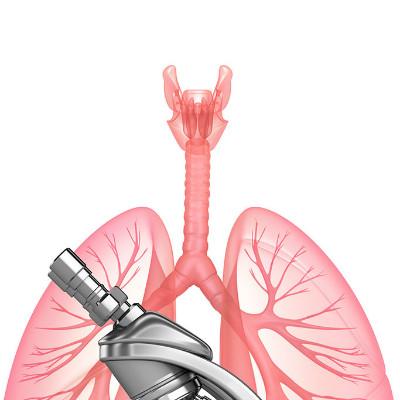Recurrence symptoms in 4 months after cervical cancer surgery?
summary
Cervical cancer is the most common cancer that women fear. Cervical cancer is a common malignant tumor, and it is also the only cancer to find out the cause of treatment so far. Only if the local recurrence is found in the early stage, can it be removed by radiotherapy or pelvic dissection. What symptom does cervical cancer recur after operation have? Let's talk about it.
Recurrence symptoms in 4 months after cervical cancer surgery?
Lower body pain: pelvic wall or uterine recurrence, cancer compression of the pelvic nerves, lower abdomen, lower back or thigh pain. One side of lower limb pain, abdominal and pelvic pain, vaginal bleeding and stinky leucorrhea. At the same time: in addition to the primary site of disease, most of the masses can be found in the lower abdomen or pelvic wall, lower limb edema, etc. In addition, cough, chest pain, hematuria, rectal bleeding and other symptoms may occur with different recurrence sites.

Vaginal discharge increases: leucorrhea increases is very common symptom. With the development of cancer, we can see that turbid, rice washing water or purulent serous with blood secreted from the vagina, which has a special odor, even a stench. This is the symptom of cancer tissue necrosis and secondary infection.

Irregular vaginal bleeding: cervical local or vaginal recurrence, often irregular vaginal bleeding or stinky leucorrhea; Vaginal bleeding is a common symptom of cervical cancer recurrence, about 81.4% of cervical cancer patients have vaginal bleeding symptoms.

matters needing attention
The above symptoms and signs can be used as the basis for the diagnosis of recurrent cancer. The pain or edema of one lower limb after the treatment of cervical cancer indicates that there is recurrent cancer in the pelvic cavity, which is caused by nerve compression and blocked lymphatic or venous return. Recurrence after operation is easy to diagnose. To make a definite diagnosis, local puncture, cytological smear and pathological examination are also needed.















